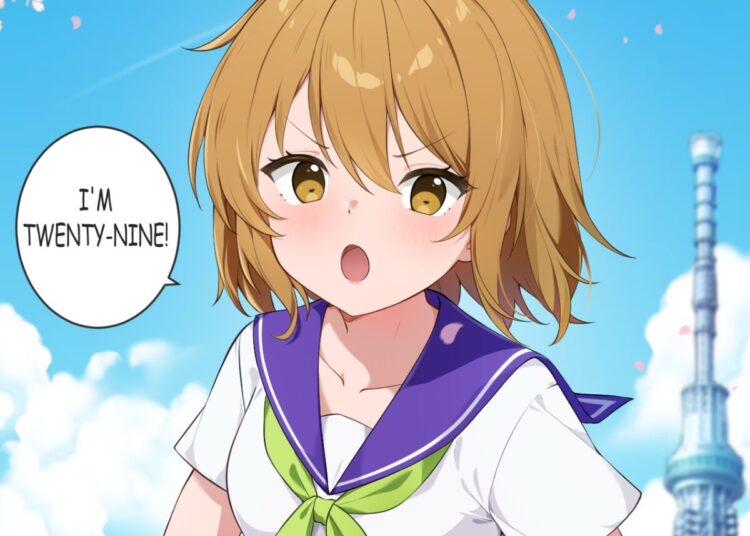
We had a site issue which kept product images from showing for several hours over the weekend. If you were affected by the problem, or even if you weren’t, we decided to have an awesome discount for everyone: take $20 off $100 more with coupon JLIST20! (The coupon can be used for any J-List products except for iTunes cards, subscriptions, etc. Expires March 9. Single use per customer.)
There’s a lot of awareness in Japan of the anime industry’s importance to the country, both as a business area that provides many jobs as well as an important “cultural face” of Japan to the world. Although anime represents a huge market of more than 180 billion yen per year – which is US$1.4 billion in case you don’t want to figure out the currency exchange yourself – this actually represents a drop from its high point of US$1.8 billion in 2005. That was the year before American retailers like Musicland and Suncoast Video went bankrupt, bursting the retail anime bubble in the U.S. and taking our beloved Newtype USA away from us (sniff sniff). I recently caught a news program that explored the various challenges anime studios face today. The show talked about the rise in importance of streaming sites like Netflix, which enabled the studio that created Knights of Sidonia to turn a profit on the series by purchasing the U.S. streaming rights. Another important innovation in modern anime is the creation of “holding companies” that can more efficiently market an anime both inside Japan and out. For a show like Madoka Magica, the responsibility for all copyrights are passed to a new company called Madoka Partners, composed of Nitroplus (their genius writer Urobuchi Gen developed the story) plus Aniplex, SHAFT, distributor Movic and so on, who work together instead of competing and stepping on each other’s toes in the marketplace.
In addition to helping people find kawaii bento items and cheesecake flavored bakeable Kit Kats, I do my best to help anyone who’s interested in learning Japanese reach their goal, whether it’s for full fluency or just to be able to read and enjoy using the language a little. While I firmly believe Japanese isn’t any more difficult than Spanish, French, etc., there were some aspects of the language that took some getting used to. One such area is the way lots of information (present/past tense, passive voice, politeness etc.) is “stored” in the verb form, which means students of the language will take extra time learning how verbs work. For example, 響く hibiku is the informal form of “to echo,” but there are many other forms, such as 響きます hibikimasu, the “formal” or masu form, easiest for new learners to work with, meaning [it] echoes; 響きました hibikimashita, past tense, meaning [it] echoed; 響いて hibiite, the te form which is used for joining the verb with other verbs or making requests, etc. (響 hibiki by itself is just the noun form, meaning “echo.”) If you’re interested in studying some Japanese, J-List stocks great textbooks and JLPT preparatory materials, kanji flashcards and other ways to meet your study goals! You could do like a lot of our customers do and learn by playing visual novels in Japanese, too.

Spring is just around the corner, and to help us all get there we’re having a $20-off-$100-or-more coupon, to give you an excuse to browse the site for awesome toys and figures, ridiculously cute bento accessories and our new line of Touhou products. The timing is good, since we just posted a ton of new stuff to the site, including all the new anime magazines for the month. Enjoy!















